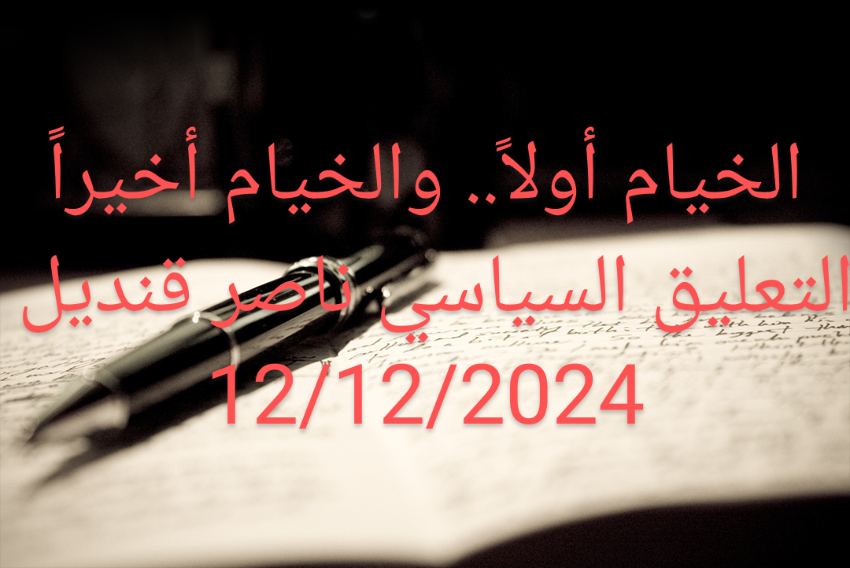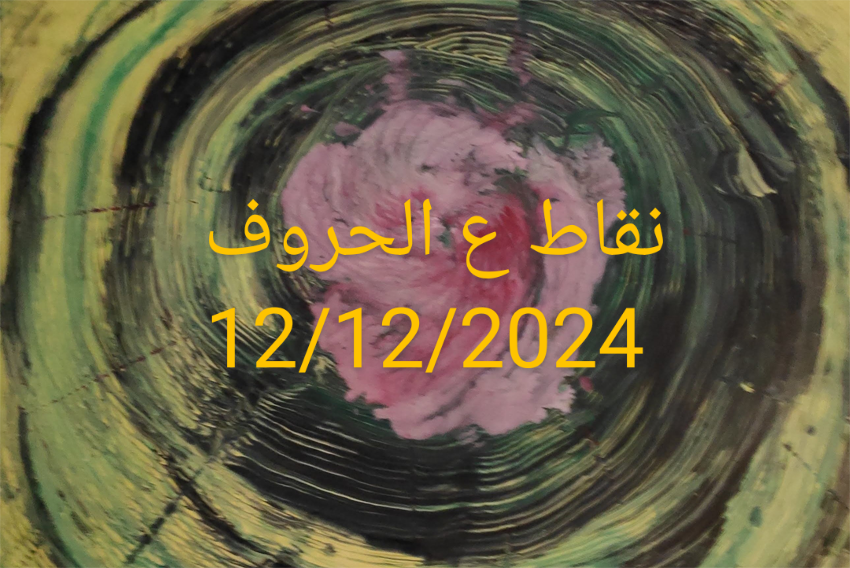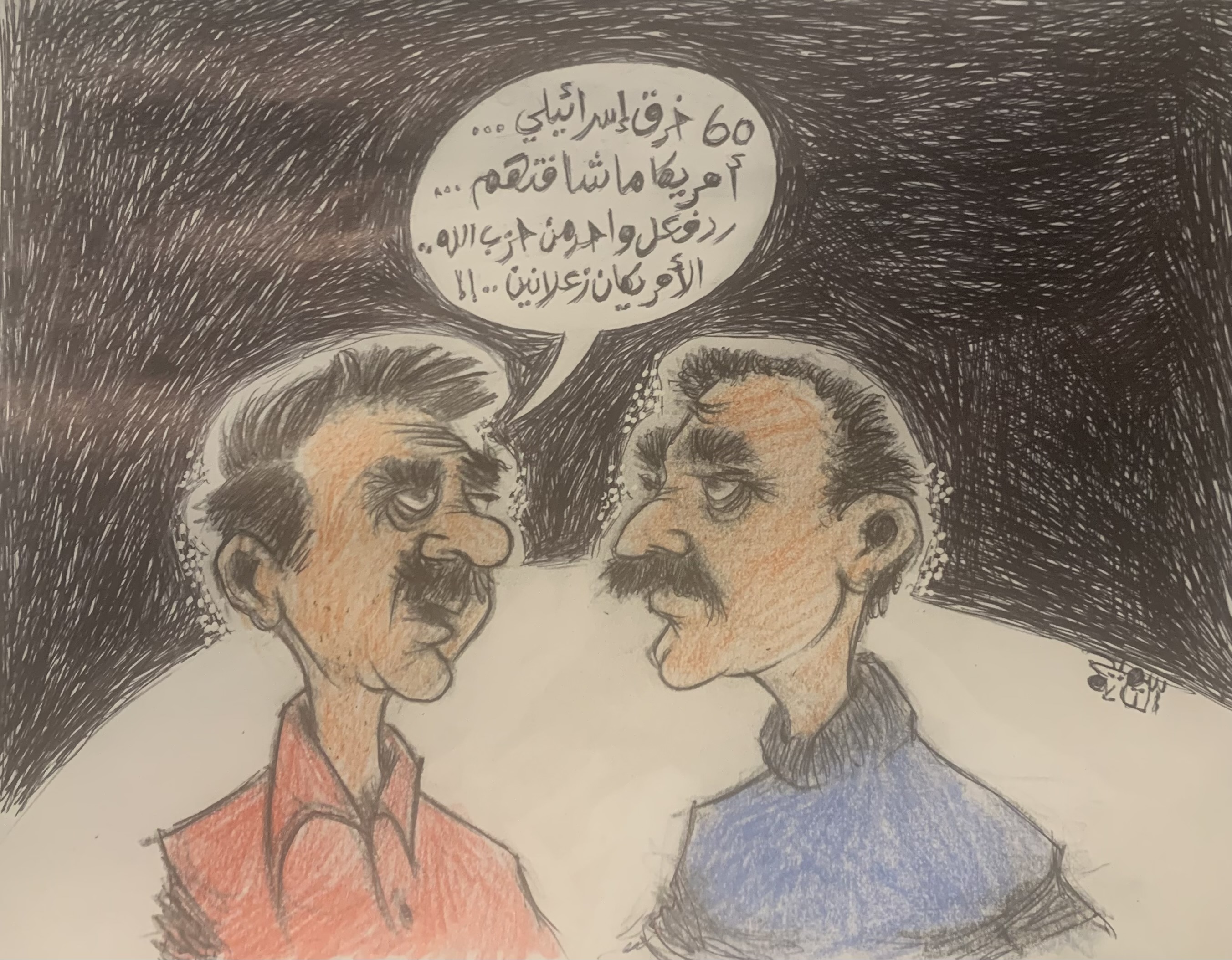
Written by Nasser Kandil,
It seems clear that the area extending from the Mediterranean from Syria, Lebanon, Iraq towards Iran will witness unprecedented investment in what is considered by Washington, Tel Aviv, and Riyadh as a fragile area, hoping to create new facts that will lead to new balances. The bet is not on a decisive victory rather on better negotiating balances that lead to fragile compromise that can be manipulated in its results and in its system. This was not available in the previous proposed formulas of the compromise which ensure face-saving under the ceiling of asking for the recognition of the victories of the resistance axis on one hand, and the recognition of the Russian final word in this area which extends from the Mediterranean to the Strait of Hormuz and an Iranian advanced status among the other major regional forces on the other hand.
There are five issues that formed the projects of change; In Lebanon, the bet on besieging Hezbollah internally was a priority whether through the so-called presidential settlements which tried to affect the alliance between Hezbollah and the Free Patriotic Movement through tempting the movement and its president who became a President of the Republic to somewhere far from Hezbollah through the temptation of authority. In this context there were understandings' attempts between Al Mustaqbal Movement and the Lebanese Forces with the Free Patriotic Movement. There were clear words by Al Mustaqbal and the Lebanese Forces about this bet, which fell after the detention of the Prime Minister Saad Al-Hariri in Saudi Arabia and the demanding from him to get out of the presidential settlement, and fell by the knockout after the parliamentary elections. After the collision between the Free Patriotic Movement and its two partners in the presidential settlements, the alliance between the Free Patriotic Movement and Hezbollah seemed more coherent. Furthermore the bet was to create imbalance in the parliamentary elections after the formation of the parliament on the basis of there is no decisive majority, but the results disappointed the betters when the alliance of Hezbollah, Amal Movement, the Free Patriotic Movement and their allies scored decisive majority that is enough to form a permanent constitutional obstacle in front of any attempt of the continuous political tampering since 2005. This is showed through the possession of the resistance's opponents and their leading party the majority in the successive parliaments' rounds that is not affected by the delay in forming the new government or by affecting its balances. The Saudi and the Israeli recognize that the balance of the military force between the resistance and Israel is in favor of the resistance and it grows more and more.
In Syria, there are three issues that attracted the US-Saudi-Israeli efforts. First, the bet on the change of the Turkish positon in Astana path whenever the hour becomes close in Idlib. Second, the bet is on expanding the Israeli movement in the Syrian airspace by the force of the pressure on Russia, and third the bet on affecting the Russian –Iranian alliance by tempting Russia to abandon Iran in Syria in exchange for the recognition of its exclusive victory. There is no need to review the details of the three bets to conclude their disappointed ends for the hopes of that tripartite, and the emergence of facts that resolve the Turkish position in Idlib battle, the increase of the complication of the Israeli movement in the Syrian airspace to the extent of suffocating, the degree of Russian-Iranian cohesion, the sticking to the international power of Russia and the regional state of Iran in the region, and the degree of conformity between the cohesion of this alliance and the fulfillment of that achievement.
In Iraq, there are three bets; first, the bet on the Kurdish position which wants to avenge from the fall of the secession project and beholding Iran the responsibility of its fall. The second bet is on the Movement of Sadr and the inherited accumulated crisis of his relationship with Iran. while the third bet is on the effect of the direct US presence and its investment to affect the balances when necessary. The electoral entitlement and the resolving of the competition of three Iraqi presidencies were the arena. There is no need to analyze, since these issues led to presidencies. The opponents of Iran and the resistance forces say that these issues led to three presidents whom have a coordination relationship with Iran, while those who led the secession project and those who left the resistance got out disappointed.
While in Iran, there are three bets that their difficult tests were experienced over the past months, the bet on the effect of the US sanctions in provoking political opposition as the one which was in Iran ten years ago in order to threaten the political stability, the bet on igniting the ethnic and sectarian strife to affect the Iranian social structure, that leads to civil security disorders, and leads to financial suffocation due to the effect of the decision of the strict sanctions on the Iranian oil sales. But Iran succeeded in finding a plan for the confrontation to narrow the impacts of these bets to the minimum to prevent making any difference in the balances or to cause the change of their essences. Regarding the confrontation of the political interior, Iran stuck to the unity of the bilateral of the reformists and the conservatives as a defense line in which the reformists take over the rule, while the conservatives stood behind them contrary to what was ten years ago. The external opposition alone forms the center of tampering, but it is predetermined to failure. In confronting the manipulation in ethnics and sects, Iran formed a strong defense line through the regional alliance on the Kurdish, Turkish, and Pakistani fronts, which are the bases for any Kurdish, Turkman, and Baloch movement. The sectarian speech of the Gulf governments has disrupted the effects of any Arab national incitement; therefore the threat becomes unable to mobilize more than the traditional extremist groups as Al Ahwaz operation showed. Regarding oil sanctions, Iran made an international defense line that has proven its effectivity in ensuring the flow of its oil to the world, that line stretches from Europe which pledged of keeping its share of million barrels of oil per day to Russia which pledged to resell half a million barrels per day of Iranian oil. China will keep its purchases without any decrease, while Turkey refused adopting the sanctions. The Iranian military movement in the Strait of Hormuz and the Iranian missiles on the Kurdish separatist groups affiliated to America in Erbil, or those which targeted ISIS under the observation of America in Boukamal are enough to say who has the higher hand in the west of the Mediterranean towards Iran and the borders of Pakistan which were swept by the winds of change, to the borders of China which is ready for the confrontation.
Translated by Lina Shehadeh,
2018-10-08 | عدد القراءات 1860









